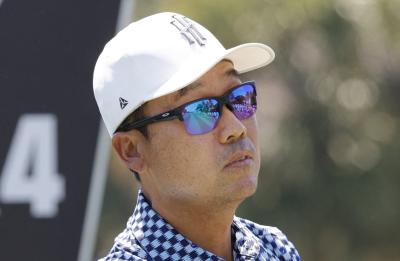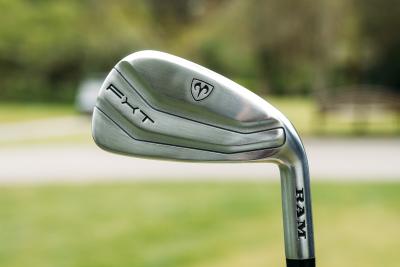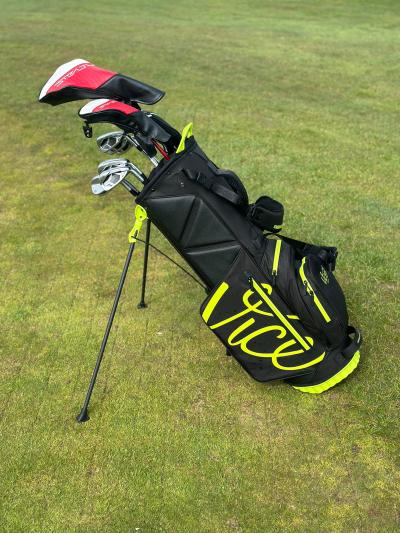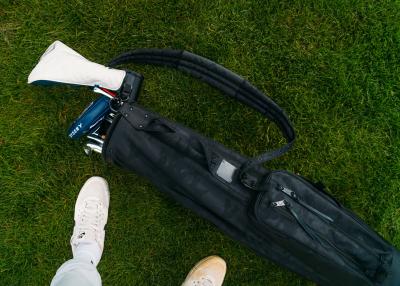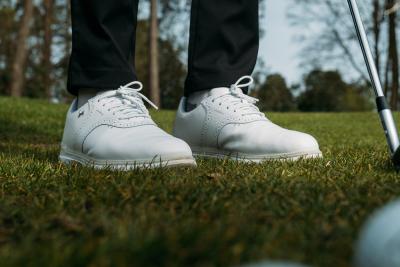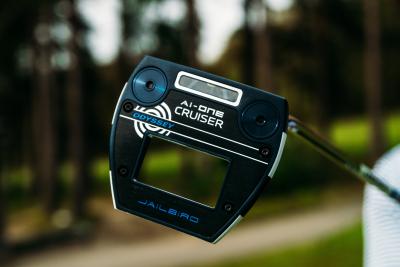Backswing

There are a lot of elements in an effective backswing, but it is possible to break it down into several compartmentalised steps which will help you get on the right track towards a fluid golf swing.

There are a lot of elements in an effective backswing, but it is possible to break it down into several compartmentalised steps which will help you get on the right track towards a fluid golf swing.
I like to imagine these steps as if you took a picture of three different moments of the backswing. You will know which step is which by where the head of the club is. If you can align your body as described in these steps throughout your swing, you will be on your way to a fluid golf swing.
WATCH: NAIL YOUR TRANSITION FROM BACKSWING TO DOWNSWING

a) The Address
The address is the moment before you initiate your backswing. At this point you have placed the ball correctly in your stance, your body is relaxed and loose and you have chosen your target.
The club head is resting on the ground behind the ball and your weight is beginning to shift to your back foot in preparation of the coming swing.
For this exercise, we aren’t worried about grip, stance or distance. We are focusing on consistency.
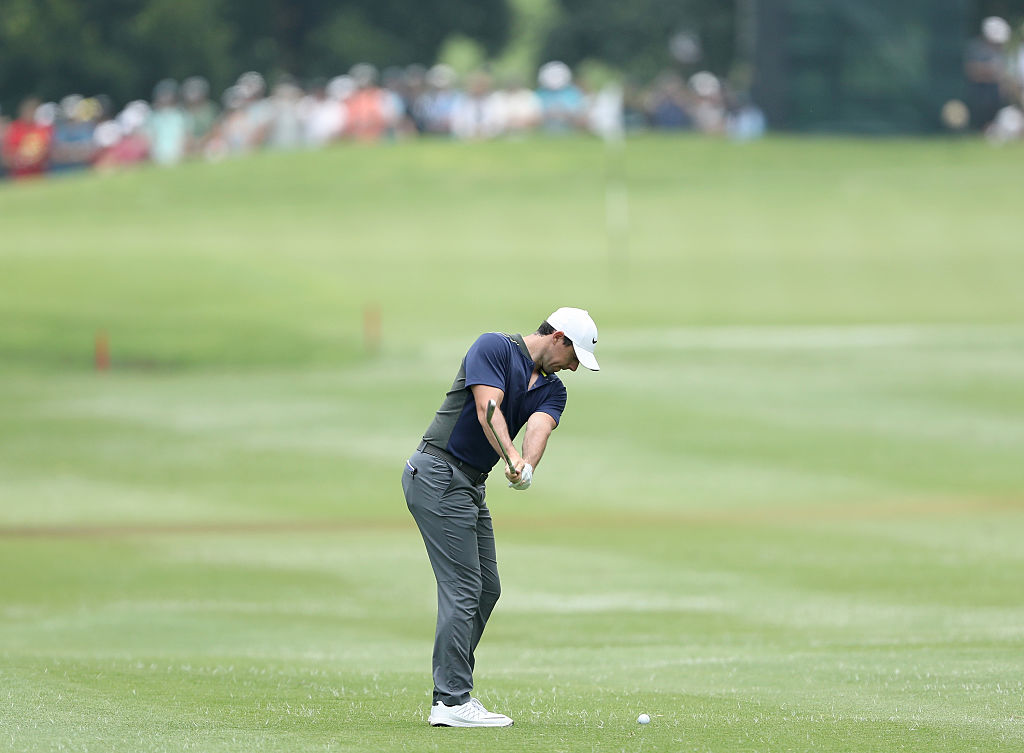
b) The Pull Back
The pull back is the moment where the club head reaches your waist during your backswing.
At this point, the club should be parallel with the ground and your weight should be spread about 80% on your back foot and 20% on your front foot.
Your non-dominant arm should be straight and angled across your body while your dominant arm begins to bend at the elbow in preparation of lifting the club above your head.
Your body should still be centred on the ball and at no point should your hips rotate. Your head should still be directly over the ball and your chin will be brushing against your non-dominant shoulder.
The easiest way to achieve this pose is to imagine that there is a huge magnet directly opposite of your target which is pulling the club head towards it.
As the club head moves directly back, you will see the shaft following the imaginary line you drew with your toes pointing at your target. This helps you keep your swing in line and will minimise the chance of pushing or pulling the ball with an unbalanced swing.

c) The Launch Point
The launch point, or apex of your swing, is the moment before you begin your downswing. At this point, your club head is pointing directly at your target, with the shaft of your club ideally parallel with the ground.
Your non-dominant arm should still be straight, while your dominant arm should be bent at the elbow. Do not let your elbow leave your rib cage. This is called “opening up” and results in unpredictable swing trajectories and inaccurate shots. If it helps, imagine gluing your dominant elbow to your rib cage. Your head should still be centred on the ball.
Once you are in this position, you can begin your downswing. Your body will naturally follow the arc it used to lift your club above your head during your downward motion, so just let the club do the work.

Try out each of these steps individually. Every time you perform a step it will help your brain repeat them through muscle memory.
Once you know what each stage feels like, work on transitioning from one to the next, taking notes on which body parts have to move and in what way in order to fulfill the next step.
The backswing is what sets you up for a proper downswing. The beauty of learning it this way is that your body will naturally wish to reverse the steps taken during your backswing as you employ your downswing. In other words, your downswing will effectively be the opposite of your backswing.
This consistency will provide you with greater accuracy and distance, regardless of your technical ability.


